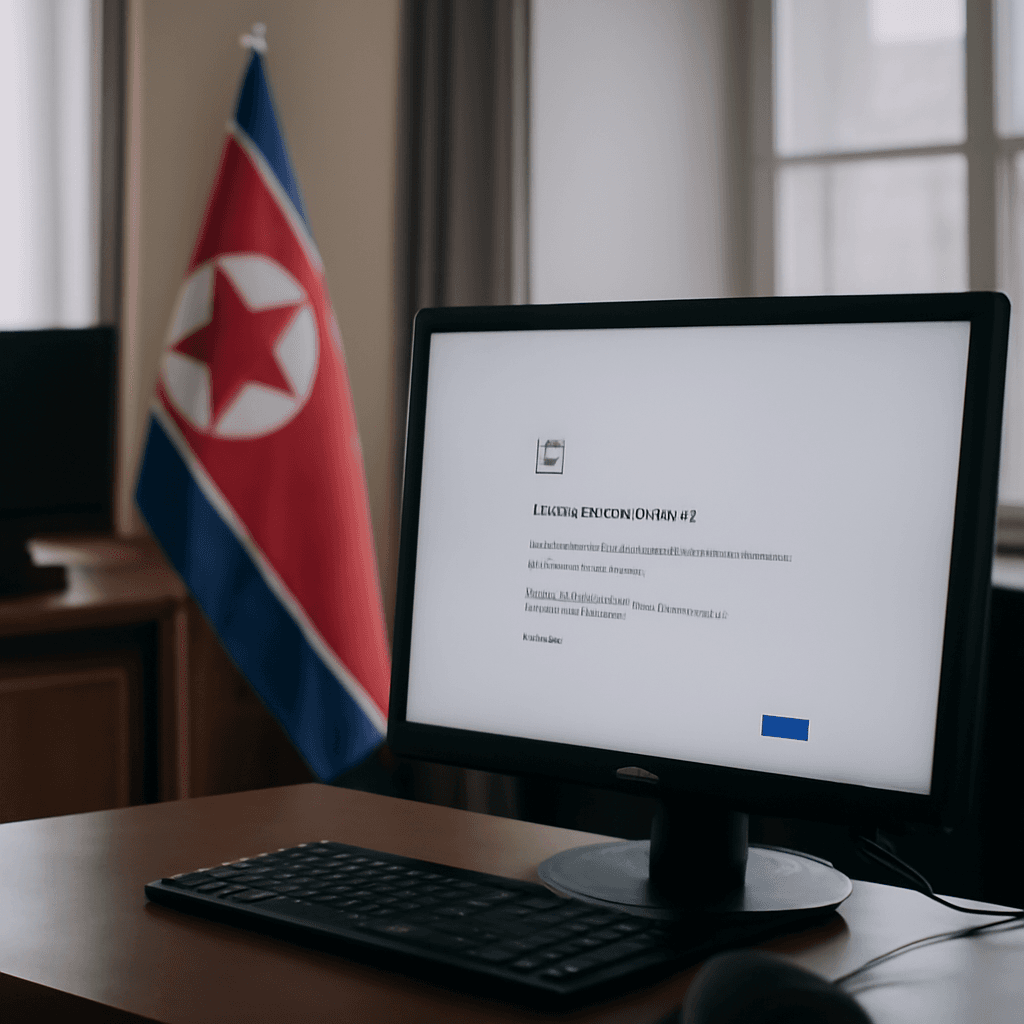Microsoft Outlook Experiences Widespread Service Disruption
On Wednesday evening, millions of Outlook users globally encountered significant difficulties accessing their email, as Microsoft's Outlook service suffered an extended outage that lasted several hours. The disruption, which began around 6:20 p.m. Eastern Time, affected Outlook's web-based service, mobile applications, and desktop clients, leaving users locked out of critical communications platforms.
Timeline and Microsoft’s Response
Microsoft's official service status page reported the issue early on and confirmed that infrastructure-related configuration changes led to the service interruptions. By 12:21 p.m. the following day, the company announced it was implementing fixes globally to restore normal service.
"Our configuration changes have effectively resolved impact in targeted infrastructure. We're now deploying the changes worldwide to resolve impact for all users," Microsoft stated in an update on Thursday afternoon.
According to the company, the vast majority of affected users could expect service restoration within the next two hours from that statement, but for some, the disruption lingered, provoking a wave of frustration on social media platforms.
User Impact and Social Media Reaction
As Outlook serves hundreds of millions of users worldwide, including both personal and enterprise customers, the outage carried significant ripple effects—interrupting vital communications, workflows, and business operations. Many users took to Twitter and other platforms to express their exasperation, sharing screenshots displaying error messages such as "We're sorry, but Outlook is experiencing problems right now."
This outage underscores the dependency on cloud-based email services in modern professional and personal life. For organizations relying on Outlook 365's integration within Microsoft Office environments, such downtimes can stall operations, delay responses, and cause loss of productivity, highlighting the fragility of centralized digital infrastructures.
Contextual Insights: Outlook’s Position in the Email Ecosystem
Despite platforms like Gmail and Apple Mail generally dominating global market share, Outlook remains a cornerstone for Microsoft-centric businesses and government agencies, particularly in the United States. According to industry analytics, while Outlook.com and mobile apps hold a significant portion of the consumer email client market, Microsoft's robust integration with enterprise productivity suites gives it a unique foothold that compounds the impact of any outage.
Experts note that such incidents prompt critical discussions about cloud service resilience, backup protocols, and contingency planning—especially as digital communications underpin everything from corporate decision-making to emergency services.
Looking Ahead: What This Means for Users and Enterprises
- Review and Enhance Contingency Plans: Businesses should evaluate their backup communication channels to mitigate the fallout from such outages.
- Evaluate Multi-Platform Strategies: Relying solely on one service provider can increase risk; diversification of tools can enhance operational continuity.
- Monitor Service Updates Proactively: Keeping abreast of provider status pages can help organizations react swiftly to impending outages.
While Microsoft faced an uphill battle regaining full service, the outage highlights the broader challenges facing the tech industry—balancing innovative cloud services with dependable, uninterrupted user experiences.
Editor’s Note
This multi-hour Outlook outage shines a spotlight on the critical role cloud-based email plays in our daily and professional lives. It raises thought-provoking questions about the resilience of our digital ecosystems and whether organizations are sufficiently prepared for service disruptions. As reliance on a handful of tech giants grows, so too does the need for strategic risk management and transparent communication from these providers.
Moving forward, stakeholders—from individual users to multinational corporations—must weigh the convenience of centralized digital services against the vulnerabilities such dependencies create. The incident invites further dialogue on how to cultivate a more robust, reliable internet infrastructure that balances innovation with uninterrupted accessibility.



















